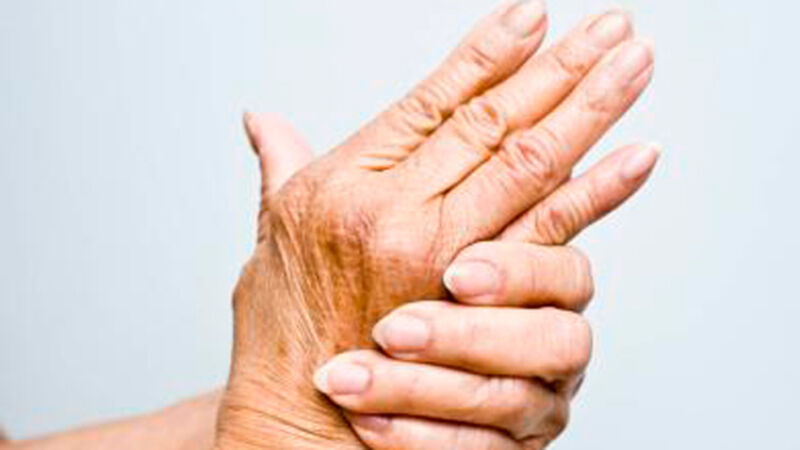National Arthritis Week: 565 children yet to be seen about suspected arthritis

130 of those children have waited in excess of 18 months, a staggering 400% increase on the January figure, which was 22.
The excessive waiting times for children with suspected arthritis are fuelled by the chronic shortage of consultant paediatric rheumatologists. There are just two for the entire country.













